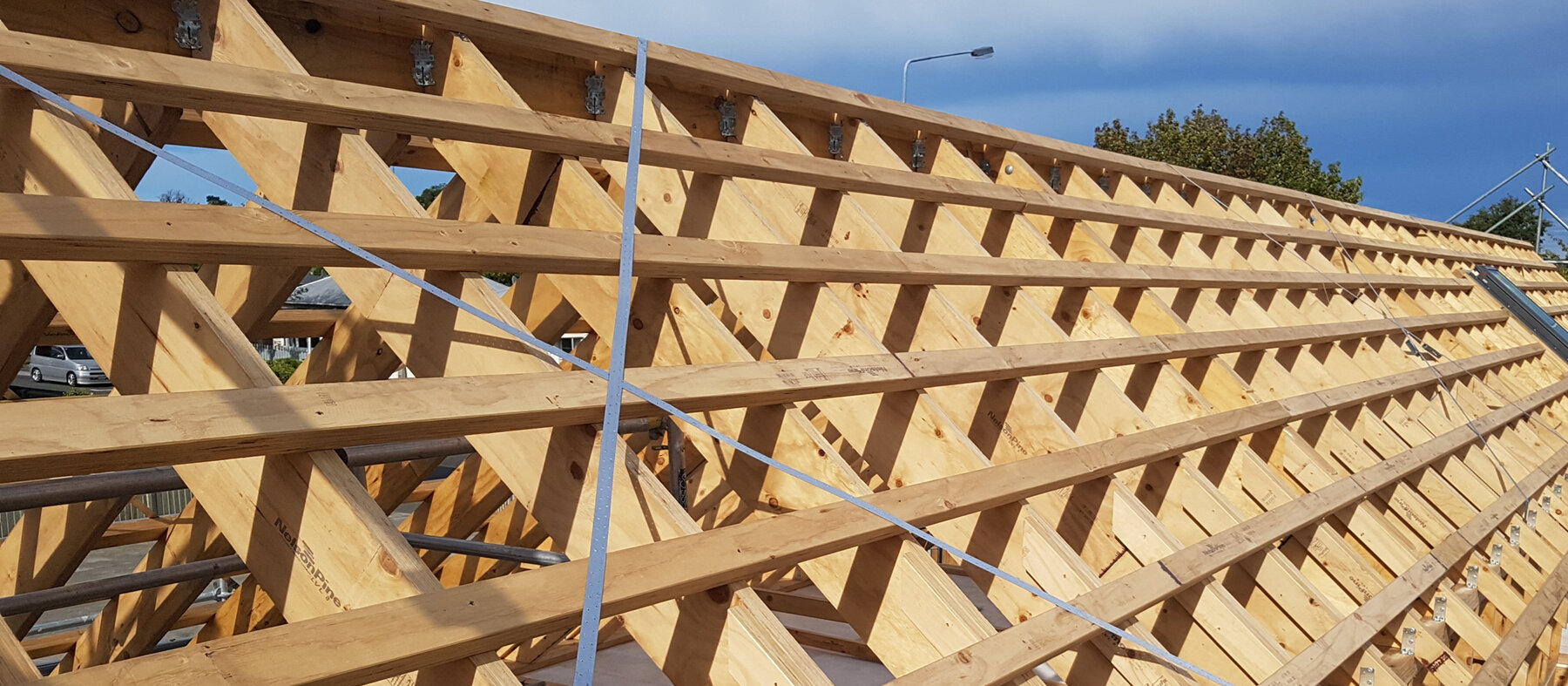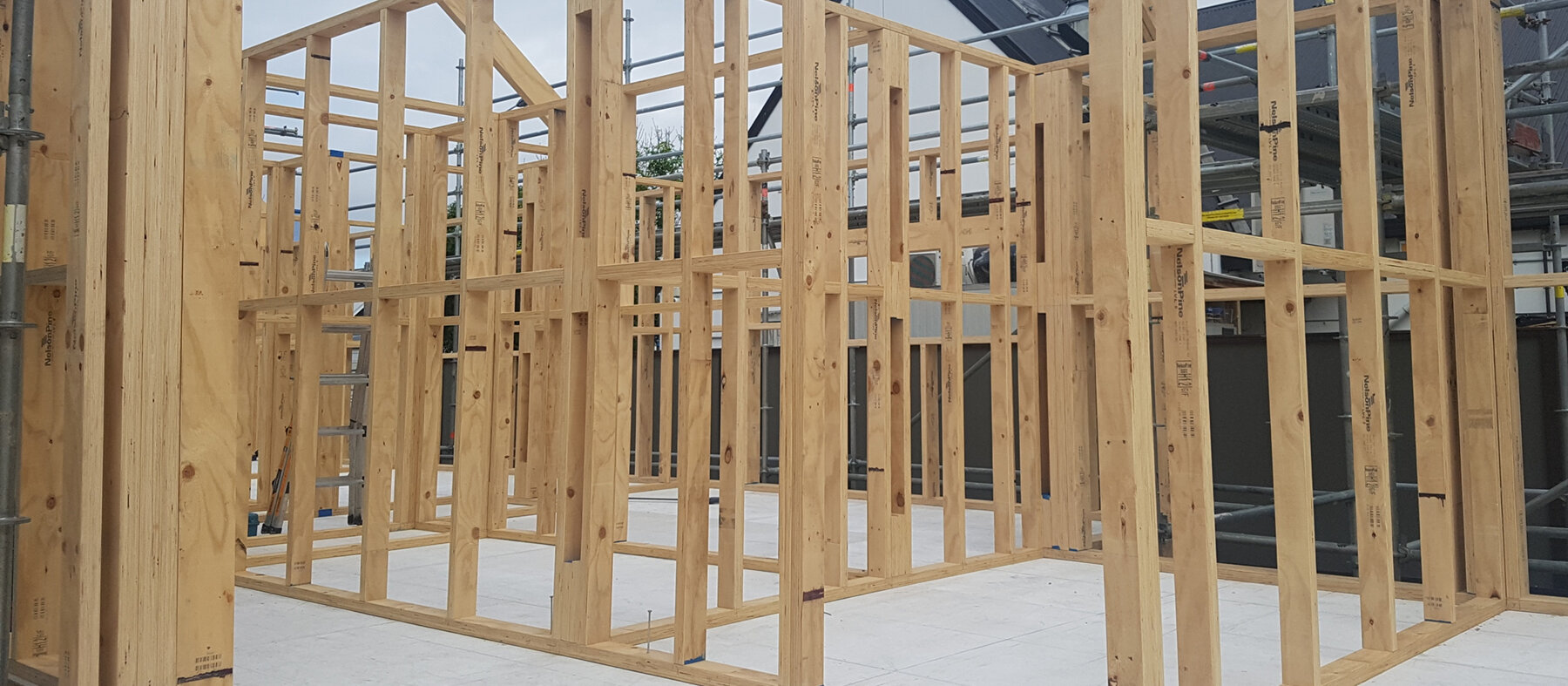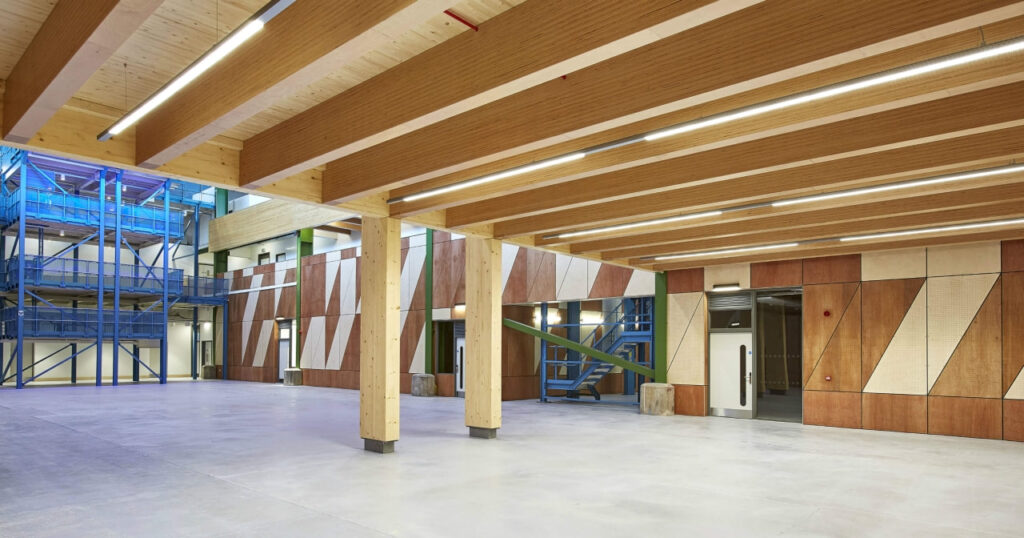In the construction industry, optimising costs is crucial for the success of any project. One way to achieve cost efficiency is by using LVL formwork. LVL, or Laminated Veneer Lumber, is a versatile and durable material that offers numerous advantages for construction projects. Understanding LVL formwork is the first step towards achieving cost optimisation.
Understanding LVL Formwork
LVL formwork is a type of LVL construction framework made from multiple layers of thin wood veneers bonded together with glue. It is known for its strength, dimensional stability, and resistance to warping. LVL formwork can be used for various applications, including concrete formwork, scaffolding, and shoring systems.
The Basics of LVL Formwork
LVL formwork consists of a series of interconnected panels that create a solid framework. These panels are lightweight, making them easy to transport and assemble on-site. Due to their high load-bearing capacity, they provide excellent structural support for casting concrete. LVL formwork is reusable and can withstand multiple construction cycles, reducing the need for frequent replacements, which can lead to significant cost savings. Learn more about description and cost of formwork construction in Sydney, Australia.
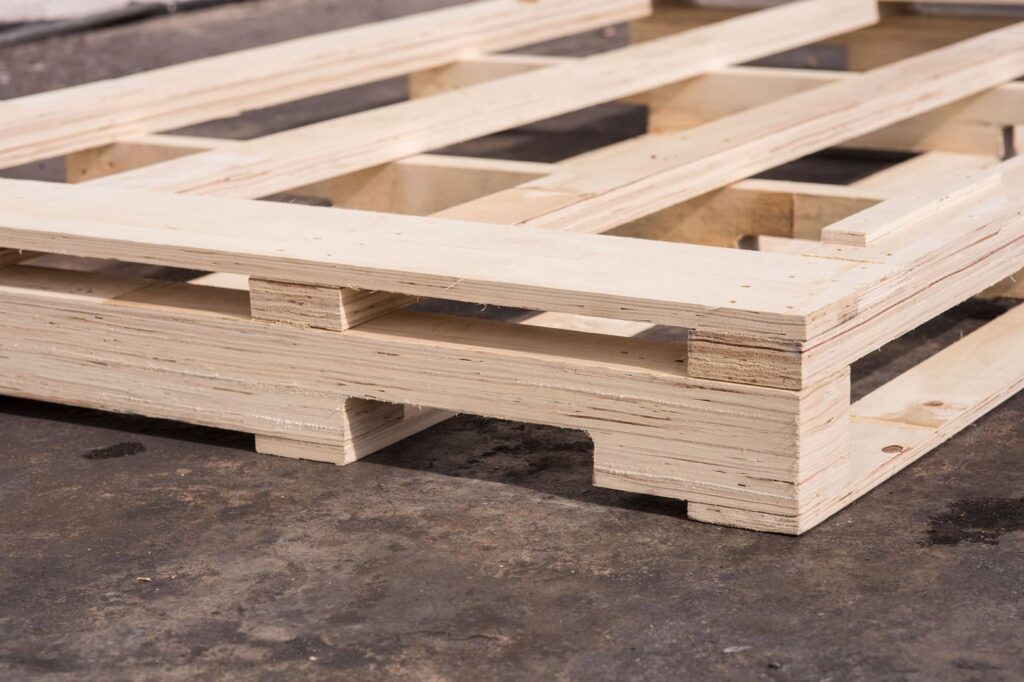
Key Components of LVL Formwork
LVL formwork comprises several key components, each designed to perform specific functions. These include:
Form Panels
These are large panels made from LVL that form the face of the formwork system. They are meticulously crafted to ensure a smooth and even surface for the concrete to be poured onto. The precision of these panels is crucial in achieving a high-quality finish for the final structure.
Walers
These horizontal beams connect the form panels, providing additional strength and stability to the framework. Walers are carefully positioned to distribute the load evenly across the formwork system, ensuring that it can withstand the pressure exerted by the concrete during the casting process.
Ties
Ties are used to hold the form panels and walers securely in place, ensuring the formwork can withstand the immense pressure exerted by the concrete. These ties are strategically placed at regular intervals along the formwork system, creating a robust and secure structure that can withstand the forces at play.
Braces
Braces are diagonal elements that prevent the formwork from collapsing under the pressure of the concrete. They provide additional support and stability to the formwork system, ensuring that it maintains its shape and integrity throughout the casting process. Braces are carefully positioned and secured to create a strong and reliable framework.
Each component of the LVL formwork system plays a vital role in ensuring the success of a construction project. The form panels provide a smooth surface for the concrete, the walers distribute the load evenly, the ties secure the formwork in place, and the braces prevent collapse. Together, these components create a reliable and efficient formwork system that is essential for achieving high-quality concrete structures.
Furthermore, LVL formwork offers versatility in design and adaptability to different project requirements. It can be easily customized to accommodate various shapes and sizes, allowing for the construction of complex structures with precision and ease. This flexibility makes LVL formwork a popular choice among contractors and builders, as it enables them to meet the unique demands of each construction project.
The Cost Factor in LVL Formwork
When considering LVL formwork, it is essential to evaluate the cost factor associated with its implementation. Understanding the initial investment and ongoing maintenance costs will help project managers make informed decisions.
Moreover, it is crucial to delve deeper into the cost considerations surrounding LVL formwork to gain a comprehensive understanding of its financial implications. By conducting a thorough cost analysis, project managers can identify potential areas for cost optimization and budget allocation, ensuring a more efficient and cost-effective construction process.
Initial Investment in LVL Formwork
While the initial investment in LVL formwork may appear higher compared to traditional formwork systems, it is important to consider the long-term benefits. LVL formwork has a longer lifespan and requires less frequent replacement than other materials, reducing the overall project costs in the long run.
Furthermore, the initial investment in LVL formwork can be viewed as a strategic long-term investment rather than a short-term expense. By prioritizing quality and durability in formwork materials, project managers can enhance the structural integrity of their construction projects, leading to enhanced safety standards and long-lasting infrastructure.
Maintenance and Replacement Costs
Another cost-related aspect to consider is maintenance and replacement expenses. LVL formwork requires minimal maintenance, such as regular cleaning and inspection for any damages. Additionally, since LVL formwork is durable and can withstand multiple uses, the need for frequent replacements is significantly reduced. This leads to substantial cost savings over the course of a project.
By implementing proactive maintenance strategies and adhering to recommended usage guidelines, project teams can prolong the lifespan of LVL formwork, thereby minimizing replacement costs and optimizing overall project expenditures. This proactive approach not only contributes to cost efficiency but also ensures the structural reliability and quality of the construction work.
Strategies for Cost Optimisation
Now that we understand the cost factors involved in LVL formwork, let’s explore some strategies that can further optimise costs and enhance the overall efficiency of construction projects.
Cost optimisation in construction projects is a critical aspect that can significantly impact the overall budget and timeline. By implementing strategic measures, project managers can ensure that resources are utilised efficiently, leading to cost savings and improved project outcomes.
Choosing the Right LVL Formwork
One of the primary strategies for cost optimisation is selecting the appropriate LVL formwork for the specific requirements of the project. Consider factors such as load-bearing capacity, panel sizes, and ease of assembly. By choosing the right formwork, unnecessary expenses and potential project delays can be avoided.
Moreover, it is essential to assess the durability and reusability of the LVL formwork to determine its long-term cost-effectiveness. Investing in high-quality formwork that can withstand multiple uses can result in substantial savings over multiple projects, reducing the need for frequent replacements and repairs.
Efficient Use of LVL Formwork
To maximise cost savings, it is essential to use LVL formwork efficiently. This involves proper planning and coordination to ensure the formwork is optimally utilised throughout the construction process. It is crucial to avoid overuse or underuse of formwork, as both scenarios can lead to increased costs and inefficiencies.
Additionally, implementing a systematic formwork dismantling and reassembly process can further enhance cost optimisation. By carefully disassembling and storing formwork components after each use, construction teams can prolong the lifespan of the materials and reduce the frequency of new formwork purchases, ultimately saving on project expenses.
Sustainability and Cost Efficiency
Cost optimisation and sustainability often go hand in hand. By incorporating sustainable practices into construction projects, long-term cost benefits can be achieved.
When considering sustainability in construction, it is essential to look beyond the immediate costs and consider the long-term implications of materials and practices used. Sustainable construction focuses on reducing environmental impact, promoting energy efficiency, and enhancing the well-being of occupants. These considerations not only benefit the environment but also contribute to cost efficiency over time.
Environmental Impact of LVL Formwork
Compared to traditional formwork materials such as timber, LVL formwork has a lower environmental impact. The manufacturing process involves utilizing small-diameter and fast-growing trees, making it more sustainable and reducing deforestation. By choosing LVL formwork, construction projects can contribute to a greener environment while also achieving cost efficiency.
Furthermore, the durability and strength of LVL formwork contribute to its sustainability. Its ability to withstand multiple uses reduces the need for frequent replacements, resulting in less material waste over time. This longevity not only benefits the environment by reducing resource consumption but also provides cost savings by minimizing the frequency of formwork purchases.
Long-Term Cost Benefits of Sustainable Practices
Implementing sustainable practices, such as using LVL formwork, can result in long-term cost benefits. Lower maintenance and replacement costs, reduced energy consumption, and improved waste management are just a few of the ways sustainable construction practices can contribute to cost optimisation over the lifetime of a project.
Additionally, sustainable buildings often have higher market value and lower operating costs, making them more attractive to investors and occupants alike. By prioritizing sustainability in construction projects, stakeholders can not only achieve cost efficiency but also create buildings that are environmentally responsible and economically viable in the long run.
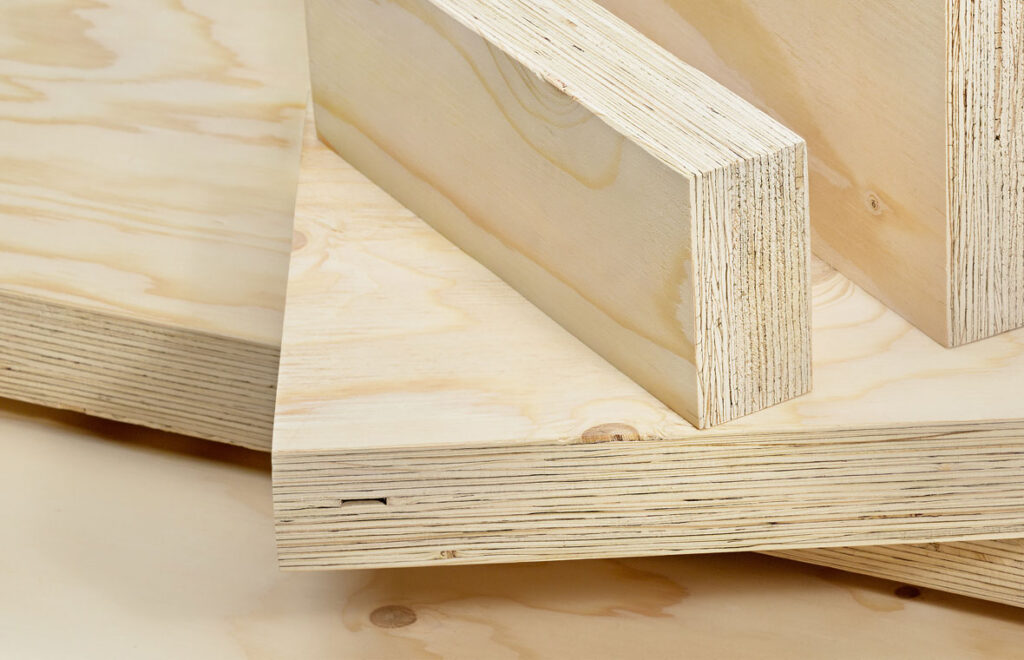
Training and Safety Measures
Ensuring the safety of construction workers is paramount, both for their well-being and the project’s cost optimisation. Proper training and implementing safety measures are crucial in achieving this.
Construction sites are dynamic environments where potential hazards lurk around every corner. To navigate these risks successfully, construction workers must undergo rigorous and continuous training. This training not only equips them with the necessary skills to handle tools and equipment but also instills a safety-first mindset that can save lives. By investing in training programs that focus on hazard recognition, emergency response, and best practices, construction companies demonstrate their commitment to creating a safe work environment for all employees.
Importance of Proper Training
Construction workers must receive appropriate training to handle LVL formwork safely and effectively. This includes understanding the assembly process, load-bearing capacity, and safety protocols. Well-trained workers are more likely to use the formwork correctly, reducing the risk of accidents and potential costly damages.
Furthermore, proper training fosters a culture of accountability and responsibility among workers. When employees are knowledgeable about safety procedures and regulations, they become proactive in identifying and addressing potential risks. This proactive approach not only enhances overall safety on the construction site but also contributes to a more efficient and productive work environment.
Safety Measures and Their Impact on Costs
Implementing comprehensive safety measures can help prevent accidents and mitigate potential costs. These measures may include the use of safety harnesses, guardrails, and regular inspections of the formwork. By prioritising worker safety, projects can avoid costly delays, injury-related expenses, and reputational damage.
Moreover, safety measures are not just about avoiding accidents; they also play a significant role in cost management. By investing in safety equipment and protocols, construction companies demonstrate their commitment to protecting their workforce and assets. This proactive approach can lead to long-term cost savings by reducing insurance premiums, minimizing downtime due to accidents, and improving overall project efficiency.
In conclusion, optimising costs with LVL formwork requires a comprehensive understanding of the material, cost factors, and strategies for cost efficiency. By choosing the right formwork, using it efficiently, adopting sustainable practices, and prioritising worker safety, construction projects can achieve significant cost savings while ensuring successful project completion.
